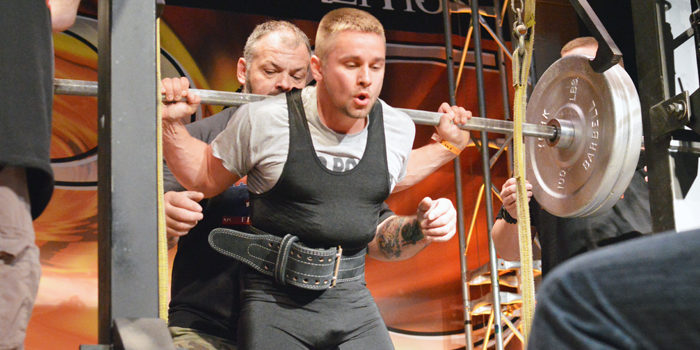
Powerlifting is evolving at a fairly quick rate. The improvements to gear, rules, addition of meet federations, the growth of raw lifting, and the public view of the sport is increasing. This is all great, but there are also some things that are happening that I attribute to the growth and “hip” part of powerlifting. If you’re doing any of these things, chances are, you’re leaving pounds off the platform.
Social Media Lifting
This kind of seems like a no-brainer, but it has to be listed.
Granted years ago, there was no such thing as social media, so the only way you knew what was going on was through PLUSA magazines or word of mouth. Social media has done a lot to help improve the visibility of the sport, but I also think it’s one of the main reasons why people even lift in the first place.
If you didn’t have a cell phone, or upload your videos to Instagram, how would you feel about this? Would you still feel “verified” or “accepted” within the sport? I’m guessing that many people probably wouldn’t even train. They’re glued to their phones and “likes” they are getting.
If these lifters took the time that they take to set up their phones and share their lifts, and reinvested this into more strict rest periods, self-education, and providing better coaching for their training partners, imagine how much better they could be.
Now, I will be the first to tell you that I record every training session for YouTube. I use a nice DSLR camera, that way I don’t have to mess with setting up a phone, and hitting record a million times during my training session. Or hell, even bother finding a way to set up my phone or asking that guy across the gym, “Can you video this for me?”
RECENT: Brandon Smitley's 9-Week Conjugate Training Program
In actuality, my YouTube videos are actually for MY knowledge and information. I can look back over years of training sessions, and know exactly how I felt, how things looked, what I did, and notice changes in technique. I can’t tell you how many times I’ve gone back to my channel and watched me hit certain lifts differently than I do now. With the voice overlay that I do, I can even remind myself of how things felt.
Now, I will say that this is why you should be keeping a written training log. You can pretty much keep all the data you need there, except for the visual aspect. So my suggestion would be, if you are going to film your lifts, get specific. List the date, training cycle, week and day of the training cycle, and make sure it’s easy to find.
A second aspect to this is seeing people lift more in training than they ever hit on the platform. I’m sorry, but there is only one day of a training cycle that matters, and that’s meet day. What you hit on Instagram doesn’t matter (unless the federation president overturns it…but that could be an article in and of itself).
If your Instagram total is better than your meet total, you might be social media lifter.
Imitating Top Level Lifters
This topic probably could have been placed among the social media lifting, because quite frankly, you probably saw the top level lifter on social media. So my first suggestion would be, if you want to be like a top level lifter, go actually TRAIN with them. Be there to witness what you aren’t seeing (the work ethic, dedication, attention to detail, and drive they train with).
Let’s talk programming first.
If you are trying to replicate a top level lifters training program, there is a 95 percent chance this isn’t going to work out for you. These top level lifters have spent decades under the bar, and they know their craft damn well. They have designed their program so specific to their needs and weaknesses that there is no way you have the same issues. When you get brutally strong, you have to get creative and find ways to add 5-10 pounds to a lift (likely in a year, maybe more).
The average powerlifter can likely still make progress off a training template like 5/3/1 or 5thSet. Where you need to get better is technique and consistency, and these are things the top level lifters already have dialed in. This isn’t saying that top level lifters don’t or can’t use these templates to get better, but more than likely if they are using them, they are also getting some coaching and ideas from other top level lifters that are specific for them (and maybe even the creator of the program!).
If you want to replicate what a top level lifter is doing from a programming standpoint, contact them, and ask them what they did to get where they are. I can guarantee you they are training much differently than they did five or more years ago. If you find this out, then you can take ideas that might be specific to your current situation and training age and apply it to your training program. But don’t think because a lifter is doing something now, that you should too.
Now let’s talk about the top level lifters technique.
As I mentioned above, most top level lifters have excellent technique. However, they have also made minor tweaks and changes to this technique to make it advantageous for their leverages and body style. They’ve spent enough time under the bar to figure out some minor tips and tricks to their technique that make it work better for them.
It’s very likely that you are not built like them, in the same weight class, lift the same numbers, and have the same recoverability as them. So why they hell are you trying to be them?
RELATED: 40 Things All Real Lifters Do
Accept the body and genetics that you have, and spend some time in trying to figure out what works best for you. Take the time to get the correct technique down first, and see where issues might be in that technique.
All the top level lifters are doing the basics of the main lifts: breaking the bar, using leg drive, keeping lats tight, bracing and breathing correctly, driving their traps/back up into the bar, etc. If you aren’t doing these things, but trying to take the same stance as Dan Green, you might be focusing on miniscule things that don’t even apply to you.
Basically, don’t major in the minor. Get the major take home points from each lift dialed in perfectly. If you have issues with this, this is why we have a Q&A, our seminars, and even many of us offer coaching. We want to help you get things right. Then once you are taking down big totals and beginning to see your lifts slow down, you can make these minor adjustments to your technique that might apply.
Bar Pop
I’m not sure what this phenomenon is even called, but I’m going to deem it “bar pop” moving forward. I know you’ve seen it, as I see it at every meet or even on social media a few times per week. This is where someone unracks the squat bar super hard or finishes their squat with an over exaggerated lockout.
If you are unracking the bar super hard, you are setting yourself up in a terrible start position. The starting position is going to dictate a lot when it comes to the squat. If you set up wrong, you can bet that you are likely going to miss the lift on the platform, or really make the lift much harder than it ever should be. This is going to have you lose all your upper back tightness. Once this happens, the bar is likely forward or rolled up on your back, and as soon as you come out of the hole, you’re going to pitch forward.
I like to call this, the “pick.” You’re simply going to slowly press more and more tension into the bar until it finally leaves the J-Hooks or monolift hooks, and then let the bar settle into you. This will keep all your positioning and back tightness. And it’s going to look a lot better when you smoke that weight, than when you picked it aggressively and had to rely on your spotters to save your ass.
Now for those that like to finish their squats strong, and have this “bar pop” at the end, this doesn’t impress me. Hell, I’ve even seen a lifter do this, and stumble forward and get red lights for their feet moving. It’s not about how much force you can put into the bar that final six to eight inches; it’s about finishing the lift strong and under control.
I completely understand accelerating through the lift and driving as much force as possible into the bar, but no top level lifters are doing this. It doesn’t prove anything. Just finish the lift, save your energy, and take a heavier attempt. This is merely a “fashion” thing to show how much weight you can lift because the weight was “light." No, you are just demonstrating how strong you can flex your glutes with 315 on your back.
Hopefully you aren’t doing any of these fads, but if you are, look yourself in the mirror and ask yourself if you want to improve your total faster. I’m willing to bet you do.
Work hard, train smart, and think logically. Lifting is not meant to be flashy. It’s meant to yield PR’s on meet day.










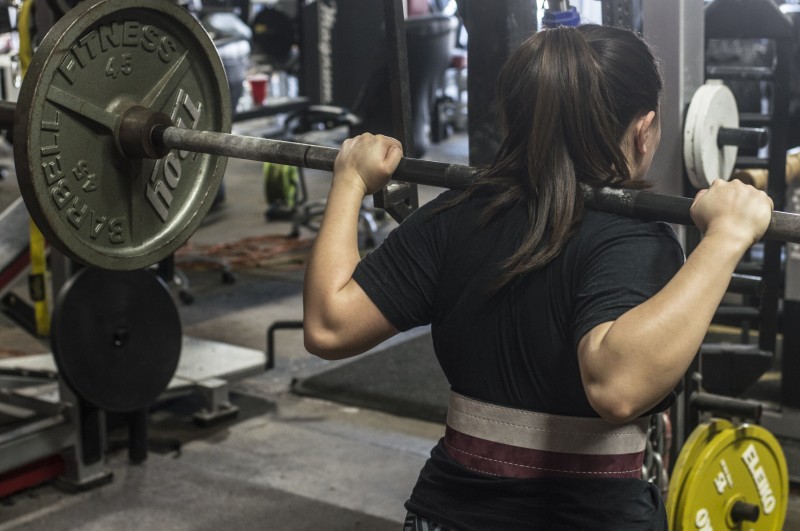
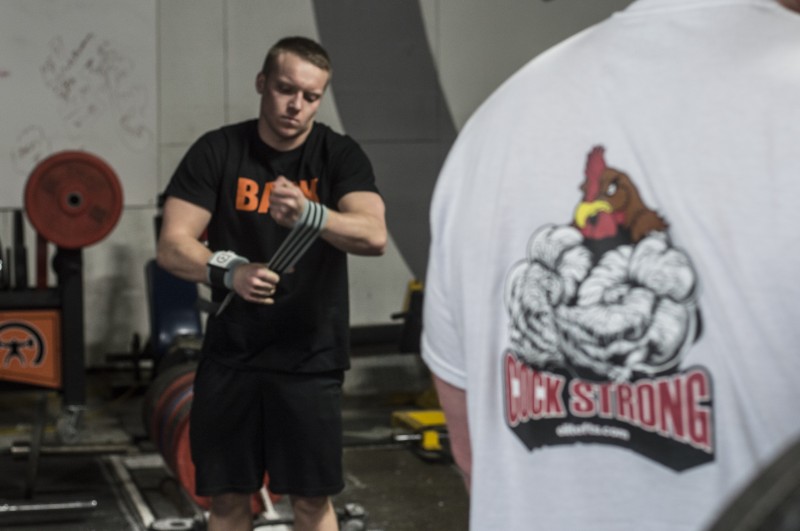
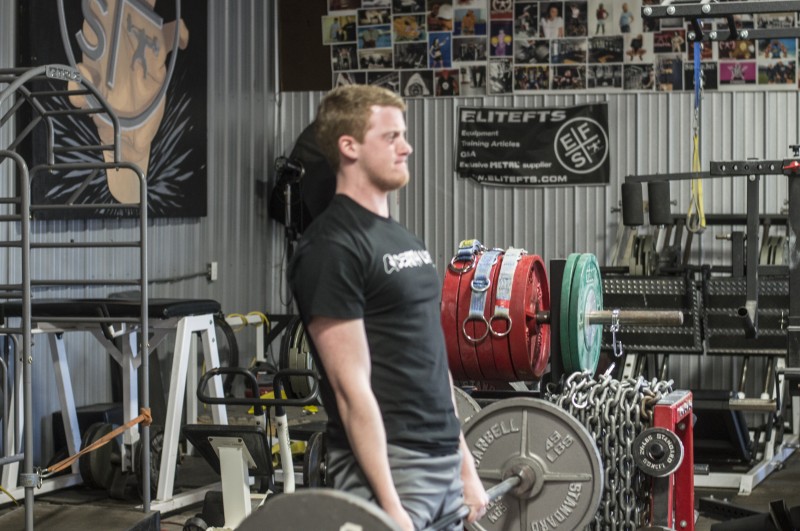
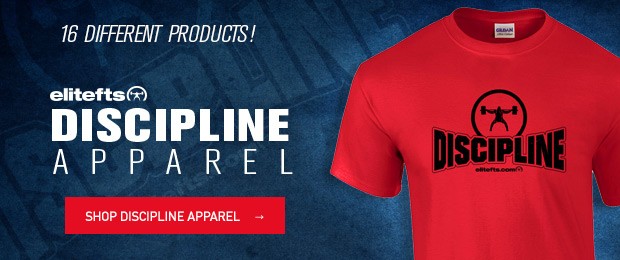
Just to pull some quotes here
"If you didn’t have a cell phone, or upload your videos to Instagram, how would you feel about this? Would you still feel “verified” or “accepted” within the sport? I’m guessing that many people probably wouldn’t even train."
Ok, so let's assume that people would entirely stop exercising if they weren't allowed to post videos of their lifts.
"If these lifters took the time that they take to set up their phones and share their lifts, and reinvested this into more strict rest periods, self-education, and providing better coaching for their training partners, imagine how much better they could be."
Well, you just posited that if they didn't have their phone, they wouldn't train. So now you're taking away their phone, AND telling them to be more methodical about their training, even though you just said they wouldn't train without their phone?
"If your Instagram total is better than your meet total, you might be social media lifter."
Right, because no one ever had worse meet totals than training totals before Instagram. Every PL'er before 2009 hit PR's in every meet.
"It’s very likely that you are not built like them [top level lifters], in the same weight class, lift the same numbers, and have the same recoverability as them. So why they hell are you trying to be them?"
"I completely understand accelerating through the lift and driving as much force as possible into the bar, but no top level lifters are doing this."
Wait, so do or don't make your technique look like top level lifters?
Brandon, I usually like your stuff but this article was either really forced or poorly edited.
Point 1: A lot of people are distracted by their phones. I've personally seen people on snap chat, tinder, etc. while "training" when they could be, resting, learning, and helping their training partners. The point was not to make your phone a distraction.
Point 2: I've seen a lot of people on social media with impressive lifts. One day they decide to do a powerlifting meet and guess what happens? They bomb out. There are a lot of people who don't take the time to learn about taking attempts because all they're worried about is how many likes they'll get on facebook or instagram.
Point 3: I agree, a little vague. The point, however, is to not emulate top level lifters. Everyone is built differently, therefore, learn how your body works. Pretty simple.
Brandon, solid article.
And to the comment of people hitting bigger Pr's in training
then in a meet, they aren't understanding what training for a meet is. When I was younger I made that mistake often, hit bigger numbers in the gym than on the platform, I changed my mindset to save my pr's for the platform and rarely would hit max singles in training. Guess what my total went up and I would hit my goal numbers. Now I hit my biggest numbers at a meet where it counts.
Yeah, 99% of people won't "step on the platform," but 99% of people have no interest in powerlifting.
This just feels like a powerlifter ragging on people for not being powerlifters. Who cares what someone else does on social media? Oh no, your goals aren't their goals and their goals aren't your goals!
"Social media has done a lot to help improve the visibility of the sport, but I also think it’s one of the main reasons why people even lift in the first place."
That's an **absurd** statement. I literally no no one who squats purely so that they can upload a video somewhere of them squatting. Even if that were true, WHO CARES? That's someone squatting who wouldn't be squatting otherwise--as lifters, shouldn't we want people to lift regardless of their motivations?
Sure we should and we actually do, but more than just squatting, we would like to see them squat to depth ;-). Check out the Quartersquatgang at Instagram.
Wow!
Anyway, good article Brandon. I hope the bar pop fad ends soon, I cringe every time I see someone do it.